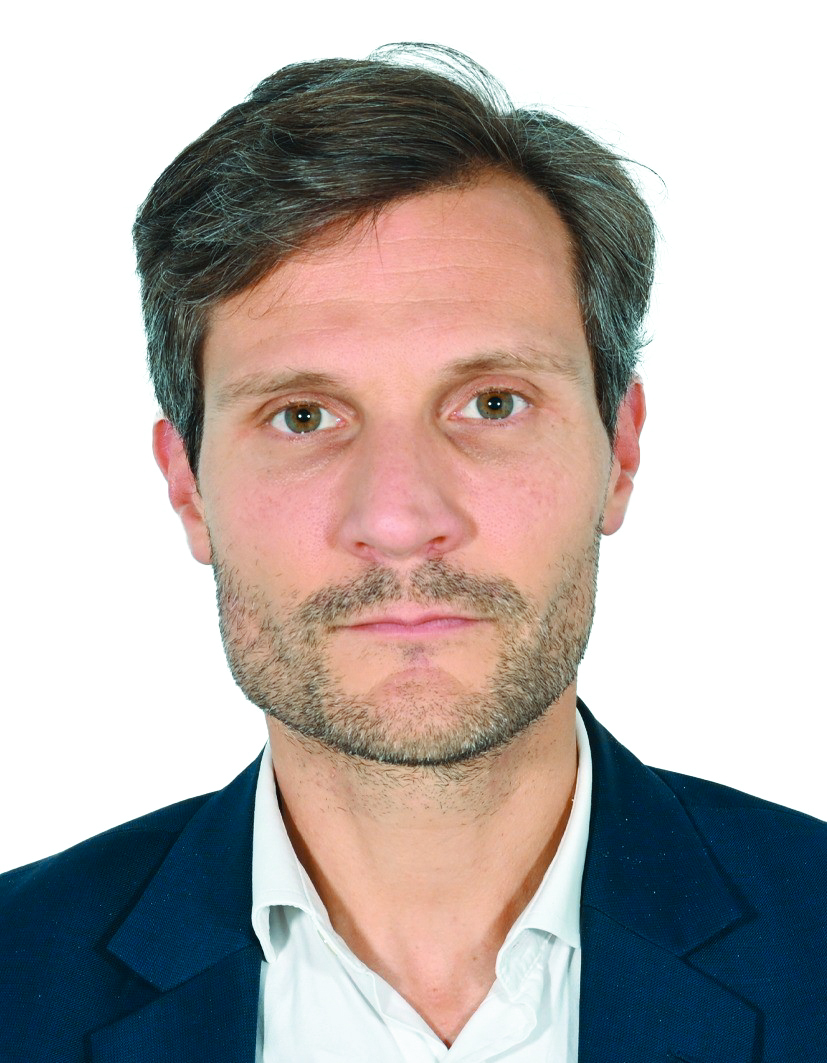Thibaut Faivre, Head of Sales and Program Delivery for the Middle East, Africa, and India at Airbus Public Safety and Security, speaks to Teletimes in an exclusive interview
Teletimes: Airbus has been a major player in the public safety and security sector. What are the current market trends you’re seeing in this field?
Thibaut Faivre: We are witnessing the digital transformation of critical communications. This translates into the start of the transition from narrowband to broadband technologies. In some countries, public safety organisations are already taking their nationwide critical communication solutions to the next level like France with its Réseau Radio du Futur (RRF) or Spain with the Sistema de Radiocomunicaciones Digitales de Emergencia del Estado (SIRDEE). Other organisations are choosing a slow transition strategy or hybrid configuration as these kinds of transitions are long-term projects which require a lot of investments and change management. In any case, broadband and narrowband technologies are not opposite, we can get the best from both worlds. There are many connections between these two areas with more and more use cases that didn’t exist a few years back.
TT: The importance of public safety technologies has grown rapidly, especially in today’s complex security landscape. How is Airbus positioning itself to meet the increasing demand for advanced security solutions?
TF: In addition to growing geopolitical and environmental tensions, public safety forces unfortunately have more and more disasters and crises to handle. Critical communications are the backbone of their missions. Public safety forces not only need to communicate by voice, but they also need to share numerous data, such as pictures, videos and locations, and to be connected to external systems via APIs, to carry out their missions effectively. They also require resilient and reliable connectivity as well as coverage to remain connected at any time. This is what we deliver with our Mission-Critical Push-to-Talk over Broadband (MCX) capabilities. What’s more, we rely on long-term partnerships with several regional partners, for accessories and devices for instance, and Mobile Network Operators (MNOs) to offer end to end communication and collaboration solutions and meet as many use cases as needed.
TT: What are some of the key challenges that the public safety sector is facing in the Middle East region, and how does Airbus Public Safety and Security help governments and organizations address them?
TF: The Middle East is a unique region where several elements need to be taken into account: firstly, a very specific geopolitical environment with high security challenges. Secondly, a booming economy including a sizable increase of the population and the multiplication of large international events to host, echoing very ambitious visions e.g. Dubai 2040 or KSA Vision 2030 for example. Finally, a strong need for high technology to be developed locally with the regional ecosystem of start-ups, government owned companies and universities. In this context, for 30 years, Airbus has been locally developing, implementing and maintaining critical communication networks and systems with regional partners. Their operational deployments as part of large events such as the Hajj (2.5m pilgrims per day), Dubai Expo 2020 (25m visitors) or FIFA World Cup Qatar 2022 (20m attendees), are part of the best examples of these collaborations.
“Transitioning from narrowband to broadband technologies definitely helps public safety organisations increase the efficiency and safety of their operations, in all areas and all situations, through critical communications”
TT: The transition from narrowband to broadband communications is a significant change. What are the most impactful benefits of this transition for public safety agencies?
TF: Transitioning from narrowband to broadband technologies definitely helps public safety organisations increase the efficiency and safety of their operations, in all areas and all situations, through critical communications. Allowing all public safety forces to go beyond voice with multiple new data to share during their missions, broadband technologies are truly multimedia. Agnet, Airbus’ communication and collaboration solution, offers flexibility, reliability, as well as cost and service delivery efficiency, as it is compliant with 3GPP standards on the one hand, and network and device agnostic on the other hand. This transition being indeed a significant change, public safety organisations can also consider a hybrid integration of Agnet into their current Professional Mobile Radio (PMR) systems.
TT: Can you explain how satellite networks, particularly Agnet over Satcom, can provide continuity when terrestrial networks fail?
TF: Agnet over Satcom consists in the use of deployable networks and LEO satellite communications for connectivity, in addition to the broadband technology of Agnet. This ensures fully resilient coverage and capacity everywhere, whether it’s in remote, rural, or coastal areas where commercial networks may be unavailable, and in scenarios such as wildfires, extreme cold weather, major road accidents, cyber-attacks, or during international summits. With this dual approach, organisations can fully embrace the enhanced capabilities of 4G/5G networks while having the flexibility to enable satellite
connectivity for their critical communications. What’s more, satellite connectivity can be established on a temporary basis or permanently and the setup is very fast, that is to say a few minutes rather than hours.
TT: How is Airbus Agnet Turnaround improving collaboration among ground staff, and how does this lead to more efficient operations?
TF: At airports, operations must be seamless, secure, and functioning in real-time. One key factor is the efficient and fast communication between the airport, ground teams, control centers, and airlines. As disruptions in that communication process result in delays, poor passenger experiences, and additional costs, airports and other stakeholders risk operational, reputational, and financial damages. Agnet Turnaround is one way to avoid all of that as it perfectly fits the most common communication challenges at airports such as communication between different teams, security of the communication channels, lack of live information or user experience. Agnet Turnaround can solve all these challenges as it invites all teams on the same communication platform, allowing different groups to connect instantly with the right stakeholder. It also meets the highest level of security requirements that prevent compromised devices and unauthorized users from accessing the airport’s resources. In addition to that, Agnet Turnaround offers automatic group creation based on the flight number for the turnaround. This automated feature enables live monitoring, facilitates easy tracking of relevant tasks, and ensures that information always reaches the correct person right away.
“Cities like Dubai or Riyadh are indeed becoming references in terms of digitization and smart cities, with ICT and IoT systems being interconnected and providing security forces with full views of situations that require their attention”
TT: As cities become ‘smarter,’ how does Airbus’s portfolio of public safety and security solutions fit into the smart city concept?
TF: Cities like Dubai or Riyadh are indeed becoming references in terms of digitization and smart cities, with ICT and IoT systems being interconnected and providing security forces with full views of situations that require their attention. On our end, we are able to integrate numerous sensors and autonomous systems to Agnet. For instance, we have successfully integrated smart sensors – specifically gas detectors – to Agnet for a critical industry customer, thus enlarging the operational uses of Agnet. Through Software Development Kits (SDKs), we are enriching Agnet every day, allowing our customers and partners to develop their own modules.
TT: Critical infrastructure protection has become a top priority for governments worldwide. What specific solutions does Airbus offer to help protect these vital assets?
TF: All our solutions are adapted to both mission- and business-critical specific needs. Mission-critical communication solutions cover police officers and emergency services’ missions for instance, while business-critical products target security employees in key industries like oil and gas, energy or aviation. As we understand all these needs, we meet them by designing the most suitable solution to help carry out missions effectively and ultimately connect those who protect vital assets like critical infrastructure. We are committed to enhance them and ensure governments are properly equipped to face current challenges. Both our TETRA networks and Agnet platforms are today used as part of daily operations at several critical infrastructures within the whole Middle East region.
TT: How do you see the future of critical communications and satellite services in your market?
TF: There is a clear continuum between terrestrial secured communication networks, whether it’s TETRA or LTE, and satellite communication services. Pioneering space for the last 40 years, Airbus is the go-to partner for governments and critical industries to leverage this continuum and deploy the adapted solutions accordingly. With the growth of LEO satellite services disrupting the market, we see more and more use cases requesting both technologies to be integrated through an end-to-end approach via our Agnet platform. Plus, we can rely on OneWeb – a constellation of low Earth orbit satellites – which has global coverage thus aiming at connectivity everywhere.












